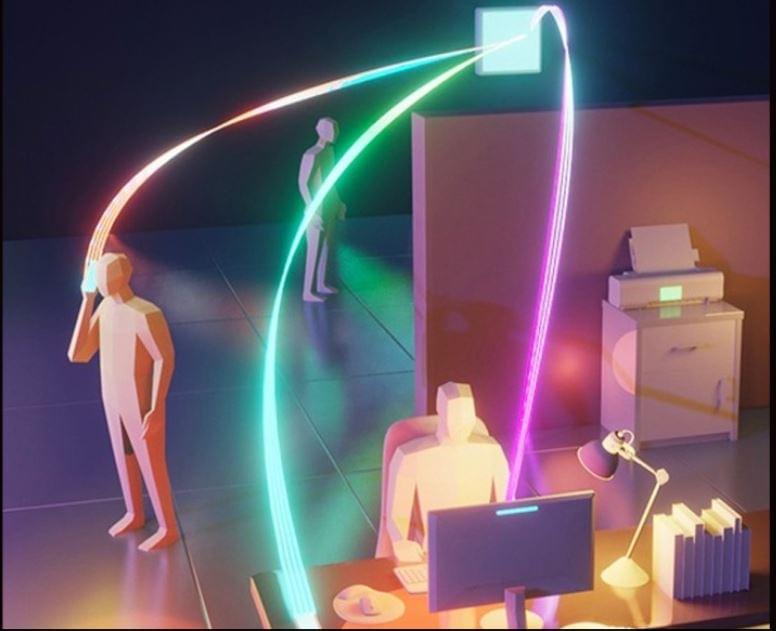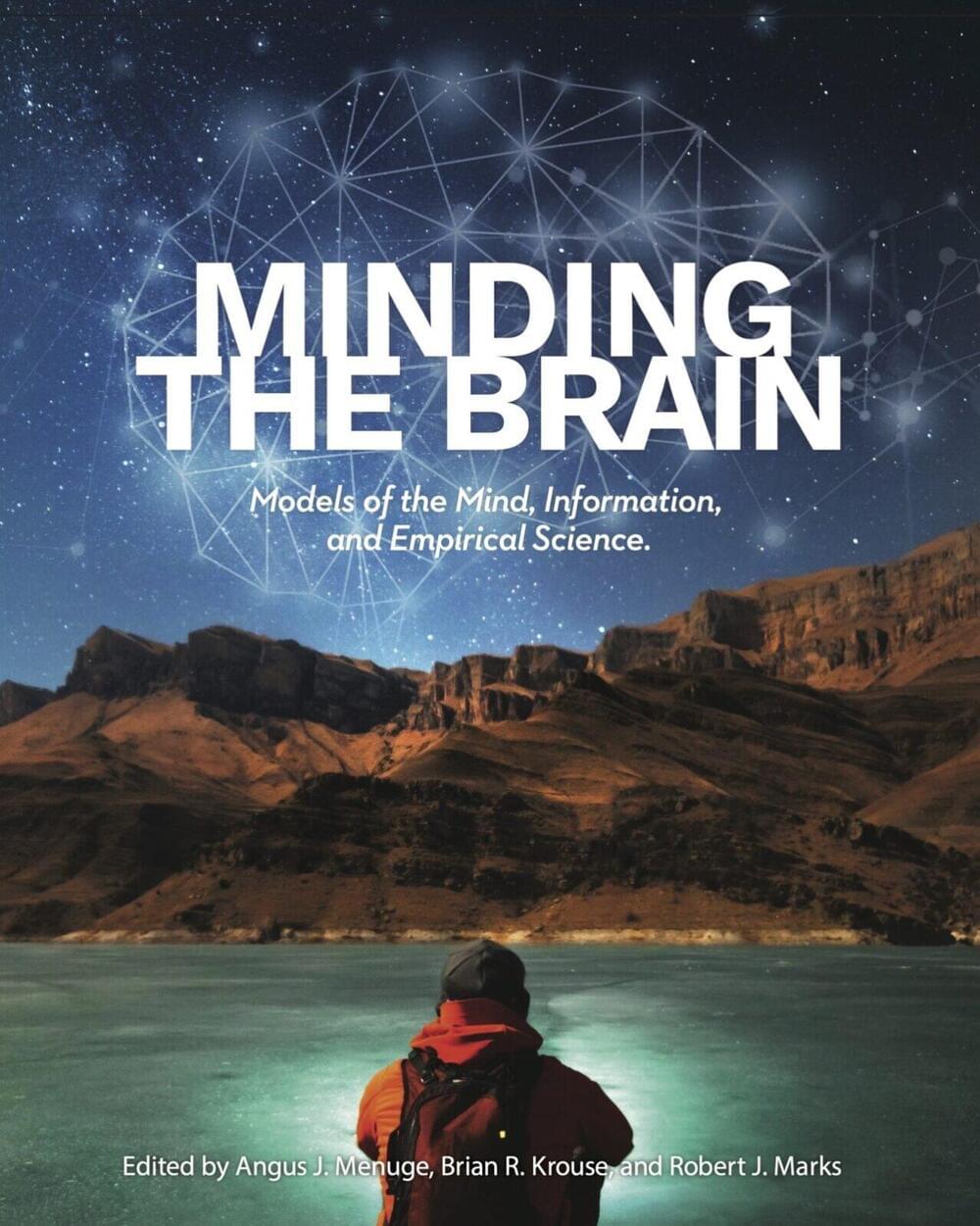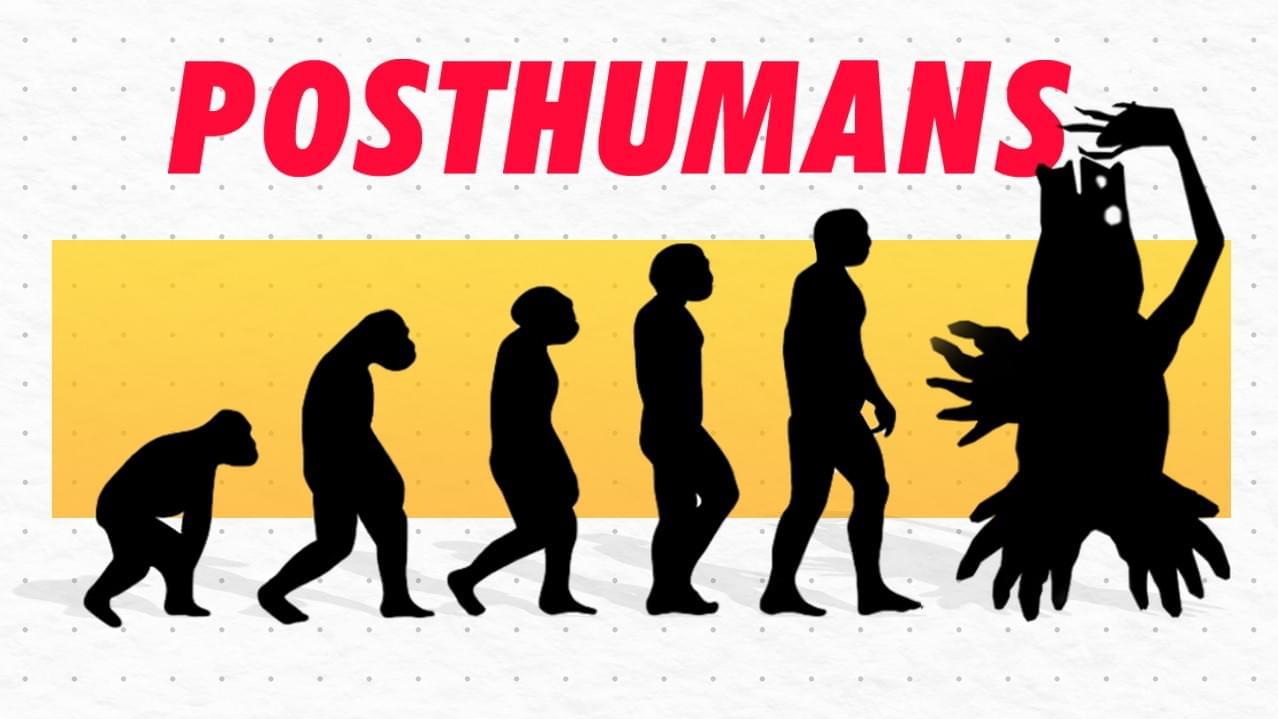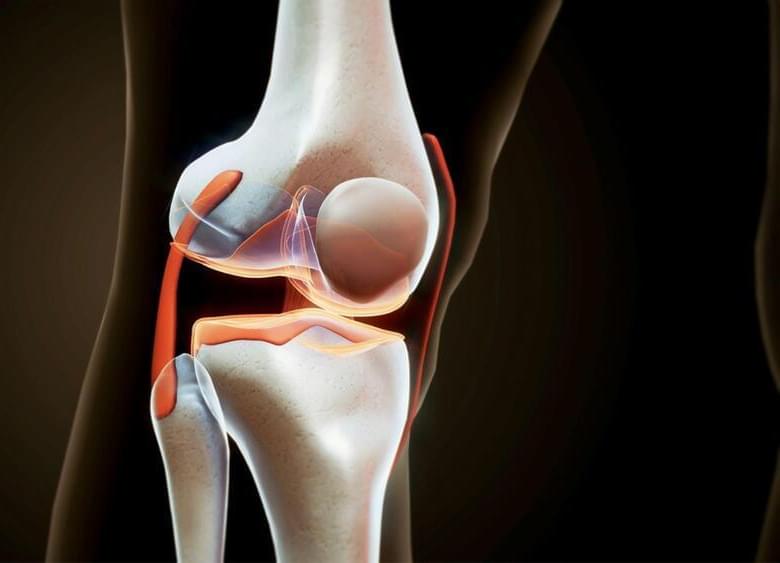Shane Guffogg is an artist with synesthesia and says he hears colors when he paints. He said AI helped him “unlock the musicality” in his work.
A clinical trial led by Weill Cornell Medicine investigators showed that a nasal spray that patients administer at home, without a physician, successfully and safely treated recurrent episodes of a condition that causes rapid abnormal heart rhythms. The study, published March 25 in the Journal of the American College of Cardiology, provides real-world evidence that a wide range of patients can safely and effectively use the experimental drug, called etripamil, to treat recurrent paroxysmal supraventricular tachycardia (PSVT) episodes at home, potentially sparing them the need for repeated hospital trips for more invasive treatments.
The study is the latest in a series of studies by lead author Dr. James Ip, professor of clinical medicine at Weill Cornell Medicine and a cardiologist at New York-Presbyterian/Weill Cornell Medical Center, and colleagues to demonstrate the potential of nasal spray calcium-channel blocker etripamil as an at-home treatment PSVT.
Dr. Ip received compensation as a steering committee member for Milestone Pharmaceuticals, the maker of etripamil and sponsor of the trial.
Researchers using Murriyang, CSIRO’s Parkes radio telescope, have detected unusual radio pulses from a previously dormant star with a powerful magnetic field.
New results published today in Nature Astronomy describe radio signals from magnetar XTE J1810-197 behaving in complex ways.
Magnetars are a type of neutron star and the strongest magnets in the Universe. At roughly 8,000 light years away, this magnetar is also the closest known to Earth.
A study that could help revolutionize wireless communication introduces a novel method to curve terahertz signals around an obstacle.
While cellular networks and Wi-Fi systems are more advanced than ever, they are also quickly reaching their bandwidth limits. Scientists know that in the near future they’ll need to transition to much higher communication frequencies than what current systems rely on, but before that can happen there are a number of — quite literal — obstacles standing in the way.
Researchers from Brown University and Rice University say they’ve advanced one step closer to getting around these solid obstacles, like walls, furniture and even people — and they do it by curving light.
Join us on Patreon! https://www.patreon.com/MichaelLustgartenPhDDiscount Links: Epigenetic, Telomere Testing: https://trudiagnostic.com/?irclickid=U-s3Ii2r7x…
Neutral monism and it’s relation to information physics.
If information is “the relational glue that holds reality together,” the mind–body problem can be reframed in a more satisfactory way.
Humanity will change. Or be replaced. Or go extinct. An exploration of the many potential posthuman offspring of humankind, from the biological to the artificial.
–
C. M. Kosemen YouTube: / cmkosemen.
C. M. Kosemen Patreon: / cmkosemen.
C. M. Kosemen Website: http://www.cmkosemen.com/
What do you imagine when I say the future of human evolution?
A superbeing with powers beyond comprehension? A mutated oddity far removed from our idea of humanity? Or perhaps nothing but decaying remains left in the wake of our extinction?
Scientists and sci-fi authors have long speculated on what our future selves will look like — and as technology advances, our species might evolve much faster than natural selection would typically allow. So, for this entry into the archive, we’ll explore posthuman scenarios from the absurd to the frighteningly plausible — and meet the many possible successors to humankind…
0:00 Future of Human Evolution.
0:43 Man After Graham.
4:23 The Atomic Mutant.
7:41 The Extinction Alternative.
10:23 A Planet of Apes.
13:38 Rise of the Superhuman.
16:18 Technological Ascension.
19:02 Who We Choose to Be.
Copyright Disclaimer: Under section 107 of the Copyright Act 1976, allowance is made for “fair use” for purposes such as criticism, comment, news reporting, teaching, scholarship, education, and research. All video/image content is edited under fair use rights for reasons of commentary.
Study showed new threat in the digital age–AI’s ability to predict political orientation from even naturalistic images of individuals.
According to MG Motor, the EXE181 can reach a top speed of 257 mph. It accelerates 0-62mph in 1.91 seconds and features a drag coefficient (Cd) of 0.181.
A new biomarker test successfully predicted the early onset of knee osteoarthritis years ahead of noticeable signs.









